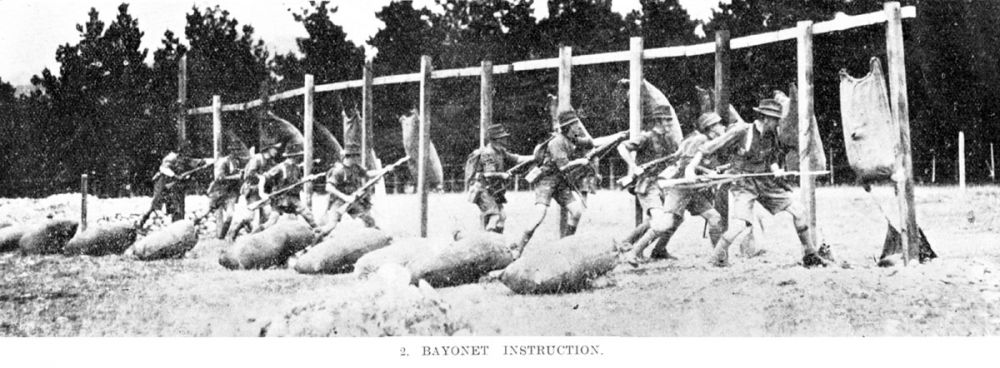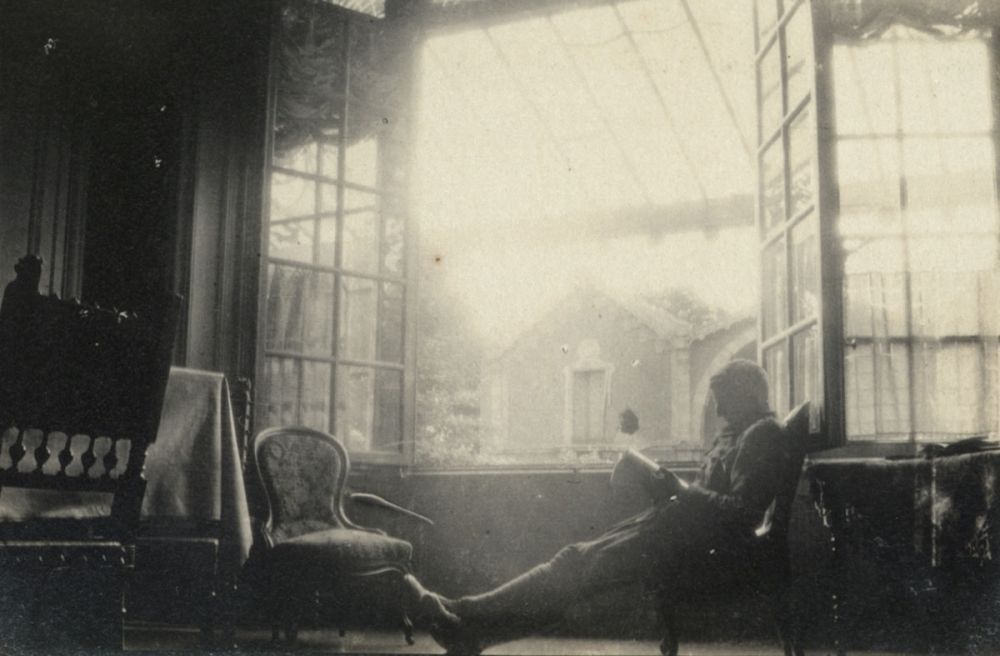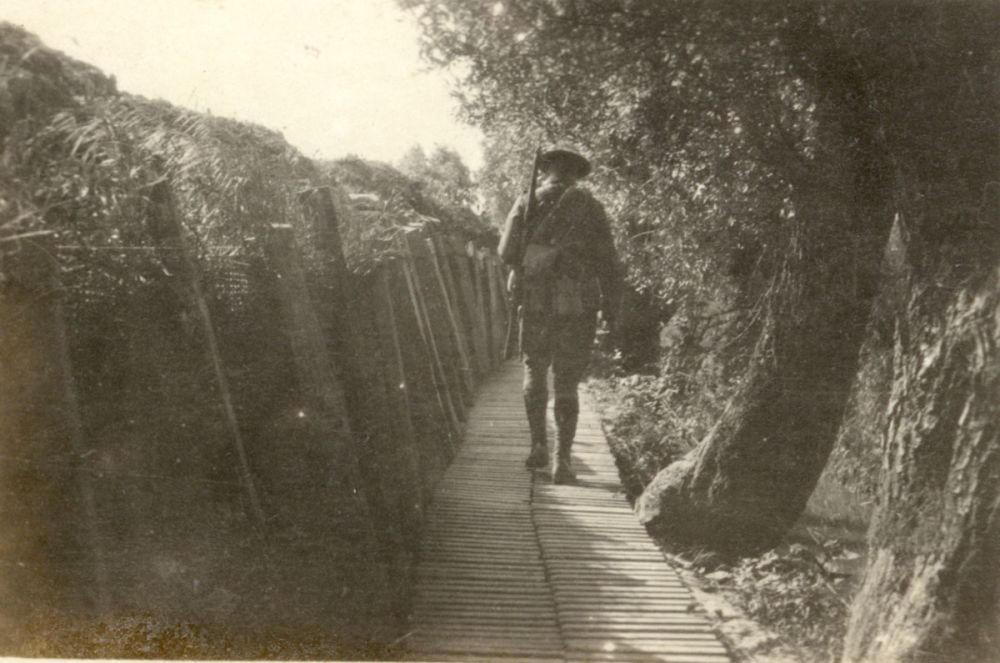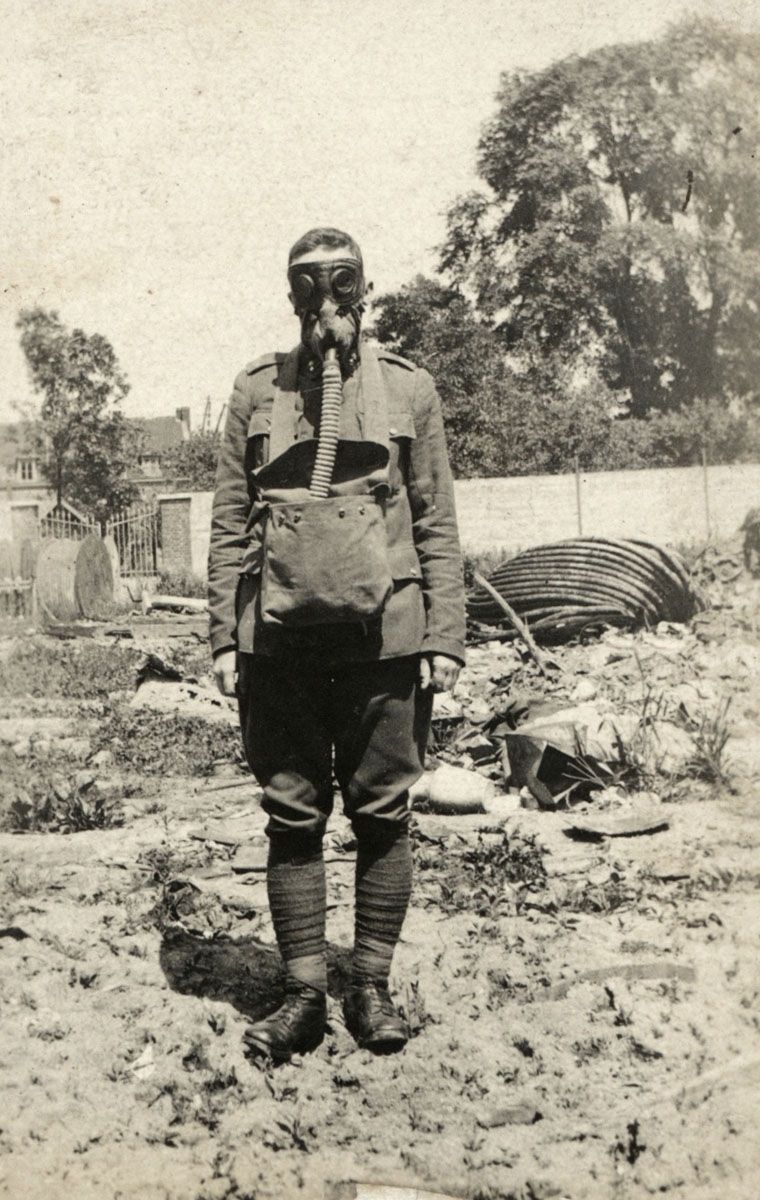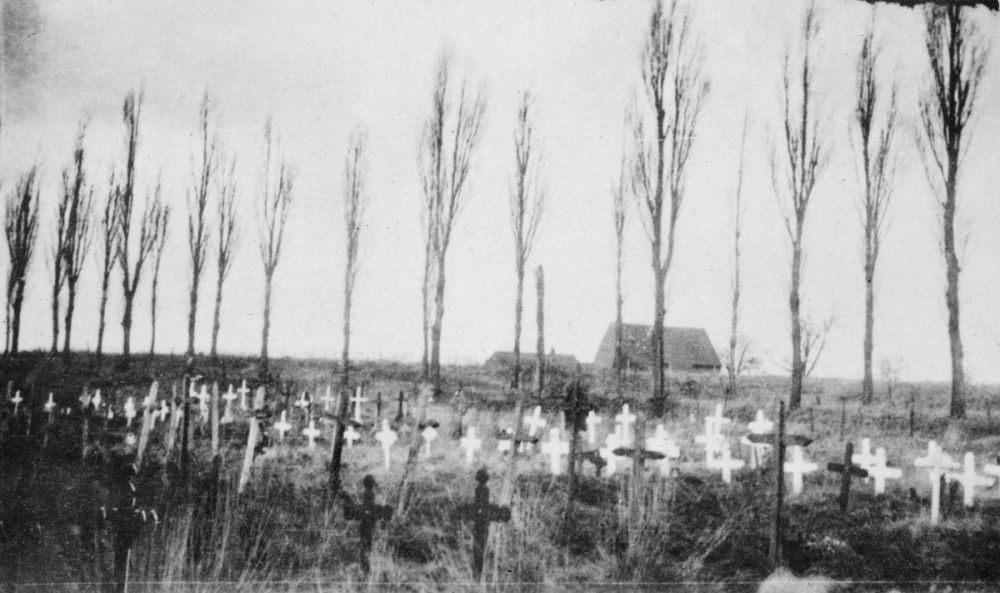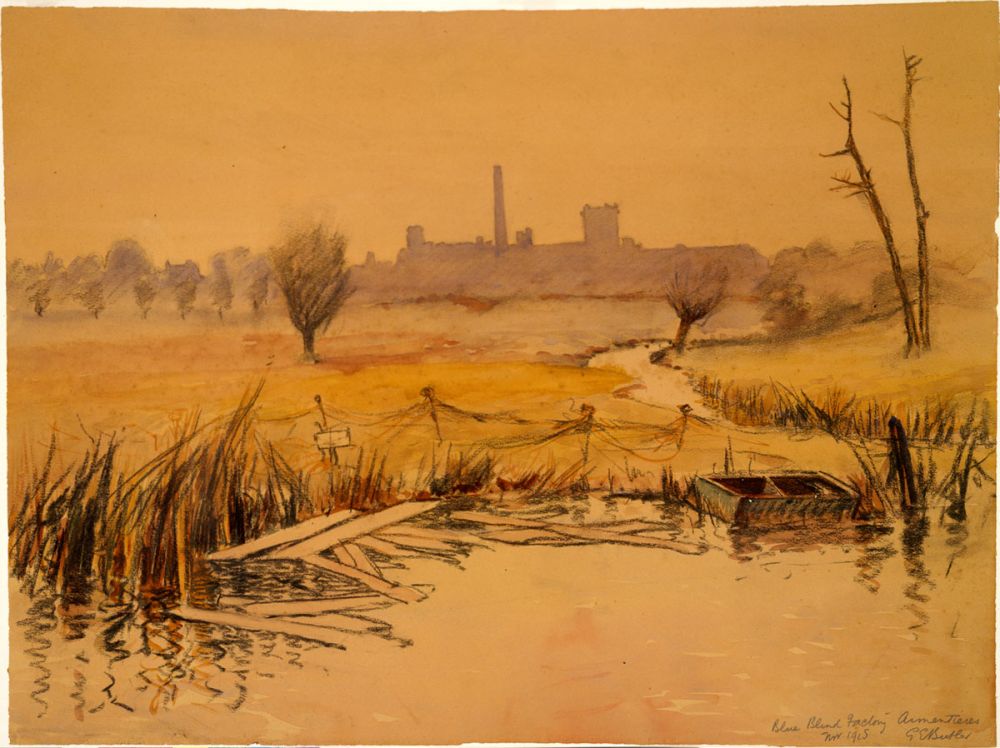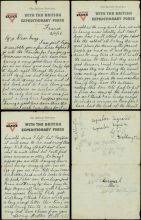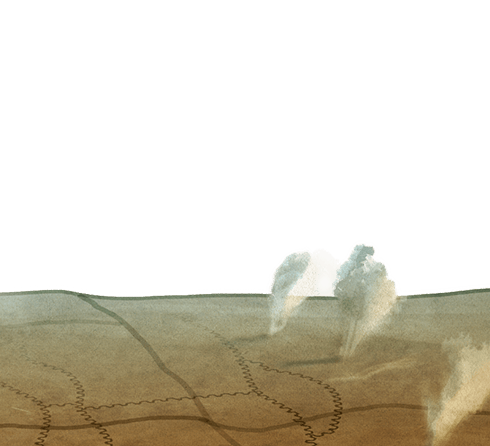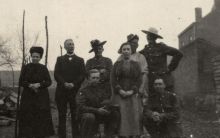Cit Bonjean Cemetery
You’re standing at Cite Bonjean Cemetery at Armentières. There are 453 New Zealanders buried in this cemetery - the bulk of them between April and August 1916, when the New Zealand Division arrived in France and went into the line at what was called the nursery sector, on the Western Front.
The New Zealand Division was three times the size of the original Expeditionary Force that went from New Zealand and then served on Gallipoli. After Gallipoli the 18,000-strong New Zealand Division had been raised in Egypt, expanding the original single infantry brigade that served in the Gallipoli campaign. These three infantry brigades came to France in late April and early May, and - like other British divisions - were sent here into the trenches as part of Lieutenant-General Birdwood’s 1st ANZAC Corps. They then transferred to Lieutenant-General Godley’s 2nd ANZAC Corps when it arrived in May, to learn the ropes of fighting. The cost of ‘learning the ropes’ is all around you, and the Western Front proved to be very different from Gallipoli.
This is also the site of one of the seven New Zealand Memorials to the Missing on the Western Front with 47 names listed here.
Over the period May to August, the New Zealanders had to learn about trench fighting on the Western Front. They had to react to a campaign that, unlike Gallipoli, was fought among a civilian population. The New Zealanders were billeted in Armentières, and if you look down at the end of the road you can see an old disused factory. Factories like that became the billets for the New Zealand Division.
The soldiers walked from here, in the town, to the trenches, which are two to three kilometres away - through long communication trenches. This area is low-lying farmland, and the water table is high here. So instead of trenches being dug down into the earth, they were dug above ground, with large breastworks of sandbags, earth, and wood, linked together to form these defensive positions. Unlike Gallipoli, where at Quinn’s Post you were five, ten, or 50 metres away from the enemy frontlines, here you were 200 to 450 metres away.
It was supposed to be a quiet area, but for the three months that the New Zealand Division was initially here, it was the build up to the Somme offensive in the South. This was Haig’s first major British offensive. So in June, and particularly after the start of the Battle of the Somme on 1 July, the New Zealanders and the Australians in this area were directed to do a whole series of trench raids. This was to prevent the the Germans, from sending reinforcements South and meeting the British attack.
It’s exactly those raids that the New Zealanders had to master; a sort of baptism-by-fire, that accounted for many of the men that are buried here. A total of 2,200 casualties, with 600 killed, were suffered here through artillery shelling and raids. This was a hard learning exercise for the New Zealand Division. It was particularly hard for Gallipoli veterans who had to face coming back into combat again. For two-thirds of the division it was their first time in combat. And just as the original Anzacs found out against the Turks, they quickly had to master or get as good as the Germans at sniping, machine-gunning, mortaring, and bombing.
This was the first time these soldiers wore steel helmets, ‘soup plates’ as they called them, and they were issued with new, shorter Lee-Enfield rifles, along with a bayonet for close-quarter combat. It was also the first time that all the New Zealand soldiers wore the “Lemon Squeezer’ - the hat which became the distinctive headdress of the New Zealand Army. There was also the Mills bomb - the British grenade, which was arguably superior to the German ‘potato masher’ and the Stokes mortar - a portable trench artillery piece, capable of firing many rounds of mortar ammunition safely and accurately. All of these were new weapons, new technology, and the soldiers had to learn how to use them expertly - as their lives depended on it.
So this was Armentières. The nursery. And the men here played their part in keeping the Germans busy, learning on-the-job in trench warfare, while the Somme offensive for 1916 began.


